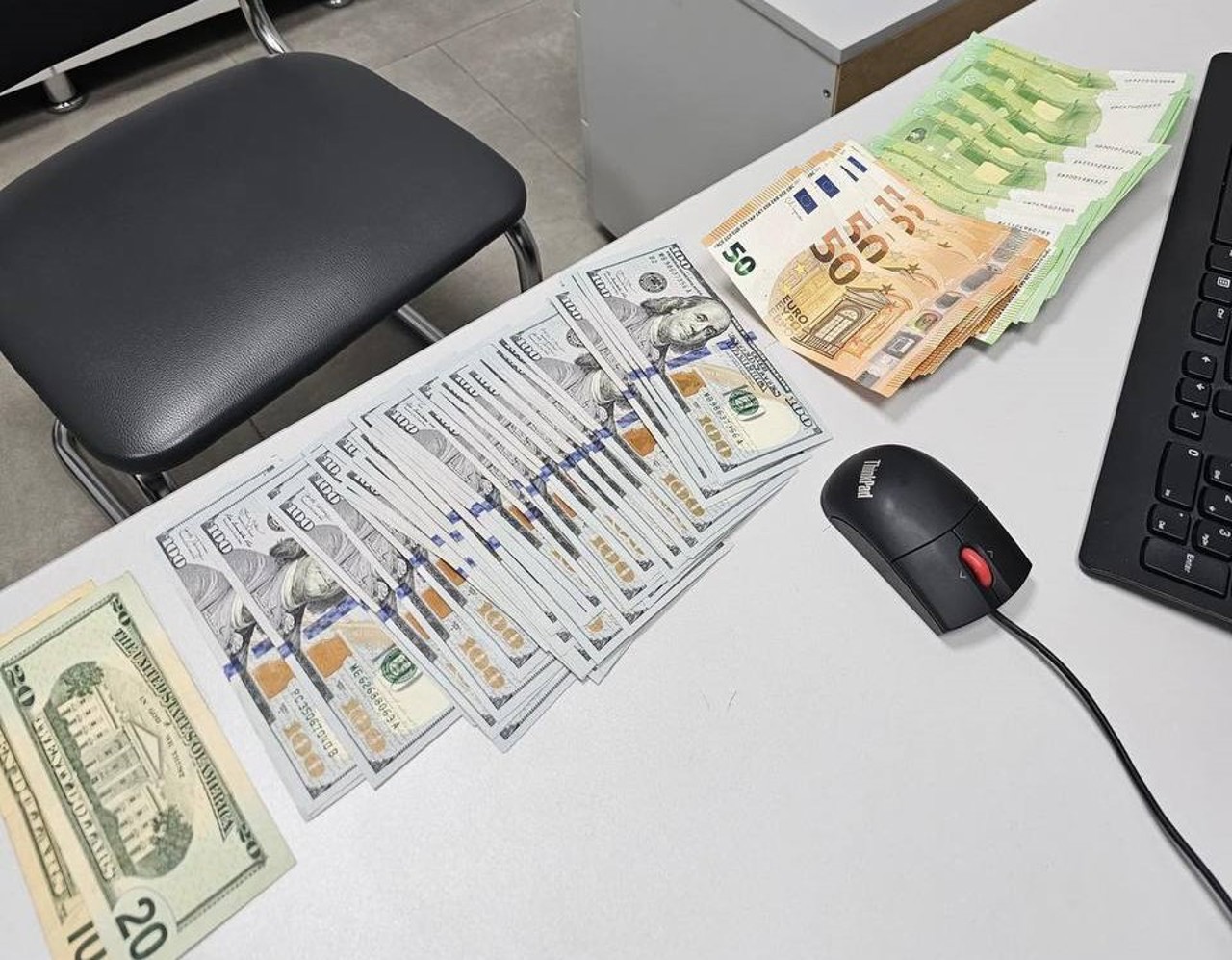EU imposes tariffs on Chinese EVs amid rising trade tensions
Protecting European industry and new technologies was one of the primary commitments made by Ursula von der Leyen, the recently reconfirmed head of the European Commission, in her address to the European Parliament.
The rationale behind this commitment stems from the fact that Chinese factories benefit from state subsidies, allowing them to price their vehicles lower than those produced by European competitors. Last year, China exported electric vehicles to the EU worth 10 billion euros, doubling its market share to 8%.
On Tuesday, August 20, the European Commission published the new tax rates on electric vehicles from China, slightly revised downward but still rising to 36.3%. These taxes are intended to apply to the import of specific vehicle categories, following an investigation led by Brussels into the subsidies provided by Beijing to the Chinese automotive industry. The aim of this investigation was to prevent unfair competition with European manufacturers.
This development marks a new twist in the ongoing saga of EU tariffs imposed on Chinese electric vehicles. A collateral victim of this European protectionism will be the Renault Dacia Spring, which is theoretically set to be marketed in Europe starting in October in its new version manufactured in China, with a starting price of 18,900 euros.
China's response to the new European tariffs was swift. On Wednesday, in retaliation, China announced the initiation of an investigation into the trade practices related to certain dairy products, particularly cheeses, as well as certain types of milk and cream, exported by the European Union. Beijing had already launched investigations in January, in response to previous European measures, concerning French cognac and certain pork products, and filed a complaint with the World Trade Organization (WTO). Despite the heavy subsidies for European agriculture, Brussels maintains that it complies with WTO regulations.
Several challenges converge in this issue. The slowdown in the Chinese economy has led to decreased consumer spending, resulting in excess production capacity within the industry. These surpluses are being dumped on the European market, especially since the 100% tariffs imposed by the United States on Chinese electric vehicles have effectively closed the American market to them.
At the same time, European leaders, concerned about the continent being flooded with cheap Chinese electric cars to the detriment of locally produced models—as was the case with solar panels—have decided to take action and scrutinise China's subsidy system. The European auto industry alone employs over 12 million people, and these jobs must be preserved. In 2022, three-quarters of the vehicles exported by China were destined for the EU.
However, this conflict must not drag on indefinitely. It serves as a test for China, which suffers from overproduction capacity in several sectors. It is also a test for Europe, which is committed to ending the sale of combustion engine vehicles by 2035. Closing the market to cheap electric vehicles through protectionist measures, such as punitive taxation on Chinese imports, could slow down this critical transition.
Author: Dan Alexe
Translation by Iurie Tataru



